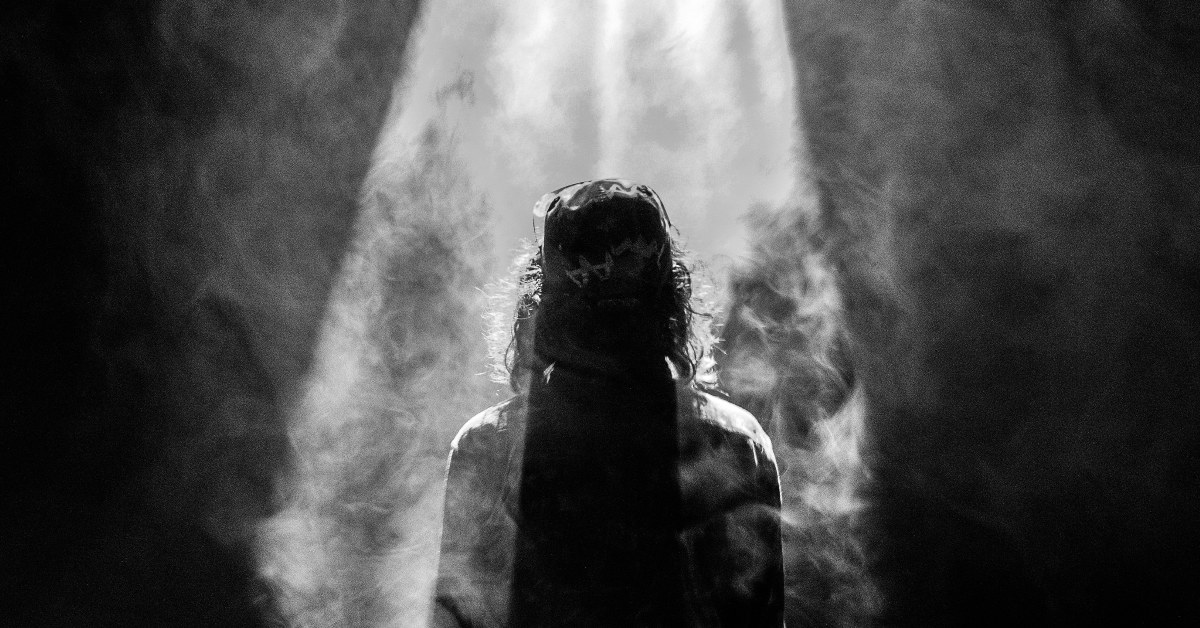Articles & News
September 23, 2020
September 23, 2020
September 22, 2020
September 8, 2020
September 8, 2020
September 8, 2020


